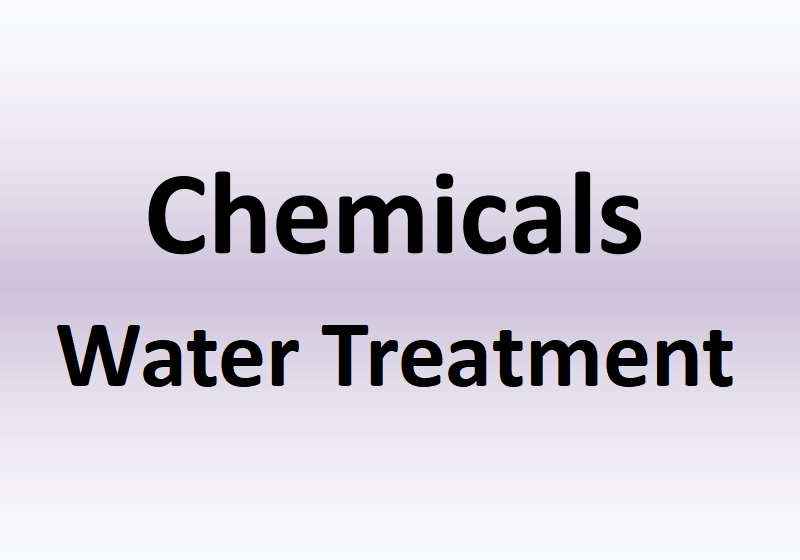Introduction of Redox
In order to discharge or reuse the wastewater after treatment, a variety of chemicals are required in the wastewater sewage water treatment process.
According to different uses, these agents can be divided into the following categories:
Redox
Redox is used for the treatment of industrial wastewater sewage water containing oxidizing or reducing substances.
Generally, the catalyst used in catalytic oxidation method is mainly composed of Cu oxide and other components in a certain proportion to form a multi-component catalyst.
Both substances with different redox potentials can relatively become Oxidants or Reducers, but the oxidants or reducers that can be used in wastewater sewage water treatment practice must meet the following requirements:
- It has a good oxidation or reduction effect on pollutants that are expected to be removed from wastewater,
- The substances generated after reaction shall be harmless to avoid secondary pollution,
- The price is cheap and the source is reliable,
- It can react quickly at room temperature without heating,
- The pH value required for the reaction should be neutral, not too high or too low.
The types of Oxidants in Water Treatment
1.After receiving electrons, it is reduced to neutral atoms with negatively charged ions, such as O2, Cl2, O3, etc;
2.The positively charged atom receives electrons and then reduces to negatively charged ions. For example, under alkaline conditions, the Cl+in the hypochlorite ClO - in bleaching powder, sodium hypochlorite and other agents and the Cl 4+in chlorine dioxide receive electrons and reduce to Cl -;
3.The atoms with high valence positive charges are reduced to atoms with low valence positive charges after receiving electrons, for example, Fe3+in ferric chloride and Mn7+in potassium permanganate are reduced to Fe2+and Mn2+after receiving electrons.
The types of Reducers in Water Treatment
1.After electrons are given, they are oxidized into neutral atoms with positive charges, such as iron filings, zinc powder, etc;
2.The negatively charged atoms are oxidized to positively charged atoms after giving electrons. For example, the boron element in sodium borohydride has a negative valence of 5. Under alkaline conditions, mercury ions can be reduced to metallic mercury, and at the same time, they are oxidized to positive trivalent;
3.A positively charged atom of a metal or nonmetal that is oxidized to an atom with a higher positive charge after giving an electron. For example, ferrous ion Fe2+in ferrous sulfate and ferrous chloride is oxidized to ferric ion Fe3+after giving an electron; After giving two electrons, the tetravalent sulfur in sulfur dioxide SO2 and sulfite SO32 - is oxidized to hexavalent sulfur to form SO42 -.
The Catalytic Oxidation Process for the treatment of refractory organic wastewater is a kind of advanced oxidation technology for wastewater sewage water treatment developed in recent years. The basis is to use the role of oxidants and catalysts to generate highly active free radicals (such as HO ·) in the reaction, and then through the addition, substitution, electron transfer, bond breaking, etc. between free radicals and organic compounds, the macromolecular refractory organic substances in the water can be oxidized and degraded into low toxic or non-toxic small molecular substances, It can even be directly degraded into CO2 and H2O, nearly completely mineralized, and can greatly remove COD, BOD5, SS, etc. from wastewater.
#QDEVU #WATERTREATMENT #WASTEWATERTREATMENT #SEWAGEWATERTREATMENT



